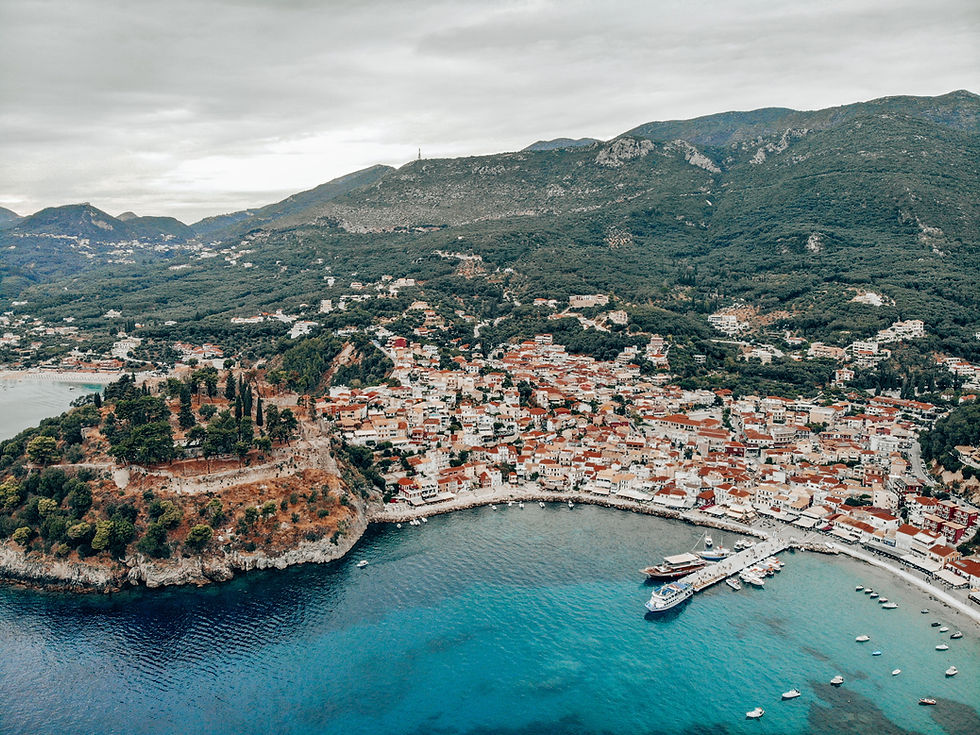The Formation of the Pride March
- Med Sailing Holidays

- Sep 25, 2018
- 3 min read

Aside from the rainbow flag, the Gay Pride march is the positive stance of the Lesbian, Gay, Bisexual, and Transgender (LGBT) movement. Usually celebrated in late June, the event aims to promote, among others, the group’s basic rights, exposure to the public, self-affirmation, gender equality and sexual liberation.

As a whole, Pride inculcates an optimistic approach that echoes their stand to the world. Pride has become a symbol since the first demonstrations in the United States during the 50s and 60s, where organizations such as the Daughters of Bilitis and the Mattachine Society held “pickets”, a form of protest that gathers like-minded individuals outside a certain location. These protests were called “Annual Reminders” – a firm account that the LGBT community in the US “did not receive basic civil rights protection.”

On June 28, 1969, members of the community, as well as some concerned citizens, started a riot following the infamous Stonewall Inn incident. The gay bar, which was located in Lower Manhattan in New York City, became Ground Zero after a failed raid that involved the New York City Vice Squad Public Morals Division and four men and women in uniform. The riot swelled when Storme DeLarverie, an apparent patron of the bar, was handcuffed and escorted outside. She attempted to escape repeatedly, and even told the bystanders to do something. After she was restrained, the crowd “went berserk”, with the police trying their best to keep them at bay. A few people were knocked down, triggering the already rousing crowd to act more than the usual. As a result, authorities were forced to call the Tactical Police Force.

That fateful riot, along with more protests after the incident, sparked the fire that ignited modern LGBT and Pride movements.
5 months after, Craig Rodwell and partner Fred Sargeant proposed the first Pride march. Together with the help of Ellen Broidy and Linda Rhodes, the proposal came in a form of a resolution at the Eastern Regional Conference of Homophile Organizations. The resolution stated that in order for the Annual Reminder to be “more relevant, reach a greater number of people” and to spread their “ideas and ideals”, it should be moved to a later date and location. As such, they suggested that an annual demonstration be held every last Saturday of June to commemorate the 1969 Stonewall Inn riot, or the Christopher Street Liberation Day.

With the proposal already structuring what will be one of the most revolutionary movements the world has ever seen, Rodwell, Sargeant, Broidy and Rhodes gathered and organized several meetings that huddled various LGBT organizations. These included Brenda Howard, or better known in the community as the “Mother of Pride”. Howard was responsible for her undying support in coordinating the Pride March, as well as coming up with the idea of hosting “a week-long series of events” on Pride Day. Together with Robert “Donny the Punk” Martin and L. Craig Schoonmaker, they made the word “Pride” popular.

Some of the first marches were, according to gathered sources, “bother serious and fun”, although their main focus remained the same. The event went on to be celebrated in the following years, with cities and countries following suit. Its Mardi Gras like vibe, happy constitution and an even deeper meaning makes Pride marches the center of attention. Some might still include a hint of politics as an enduring shout for the promotion of their rights, but the meaning stands on firm ground: to commemorate the Stonewall riot and to display a united LGBT community.










Comments